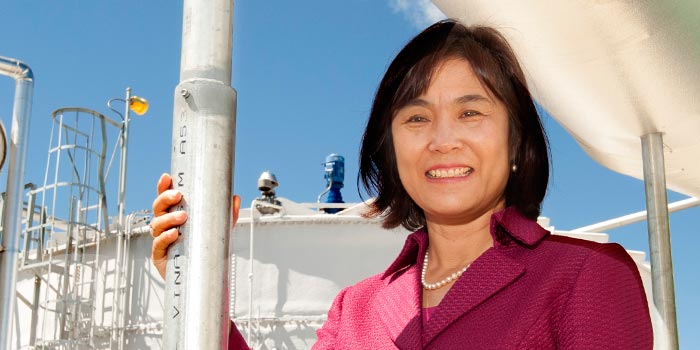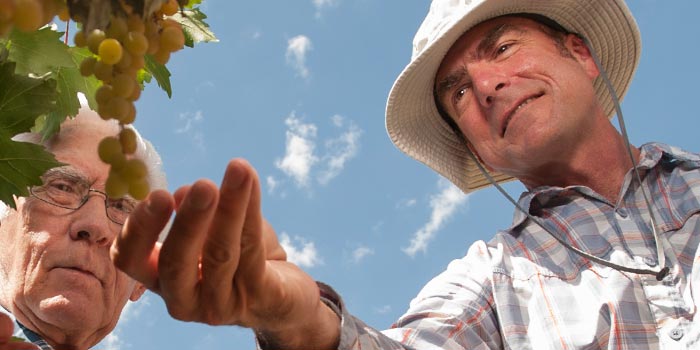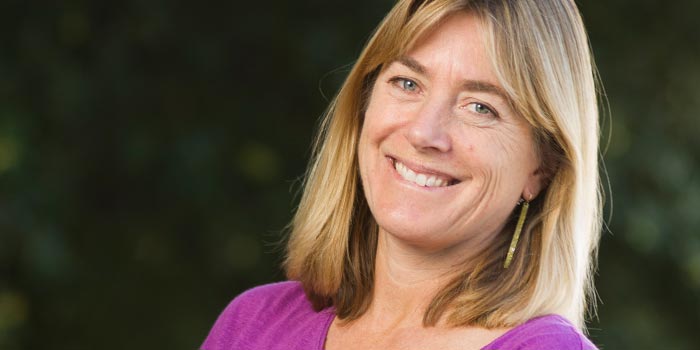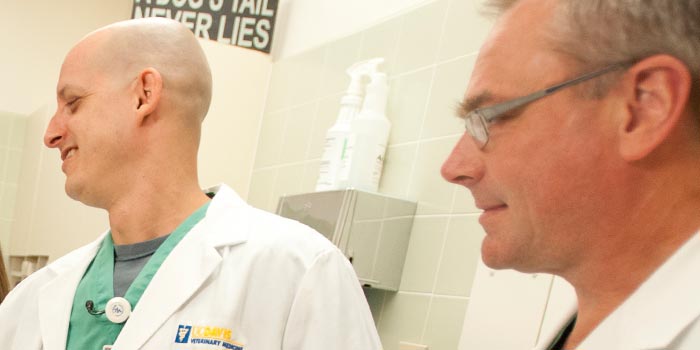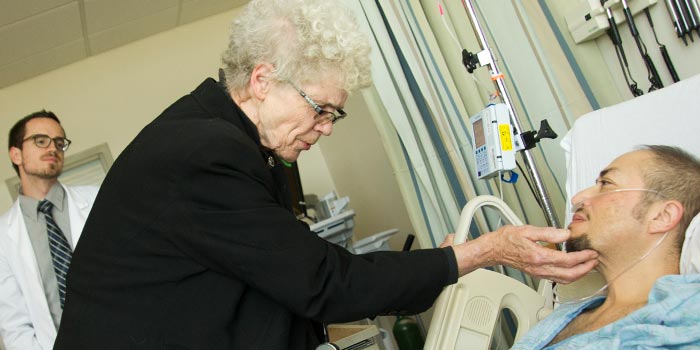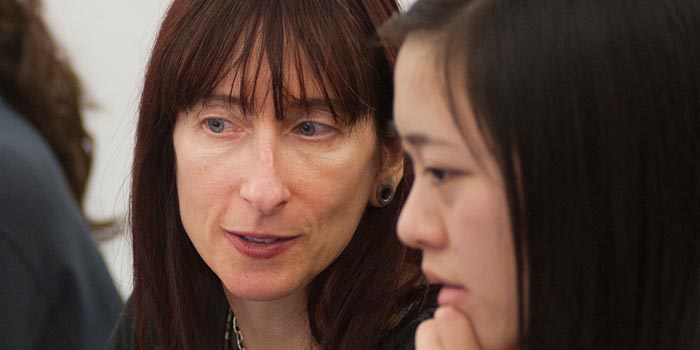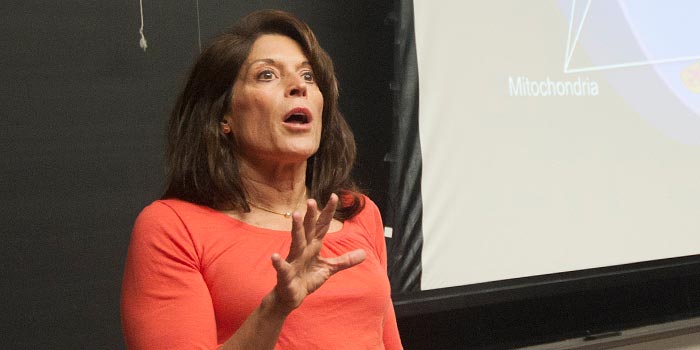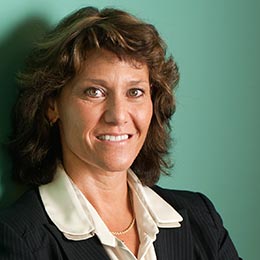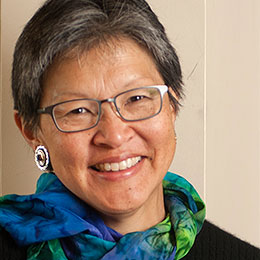Improving Food Safety
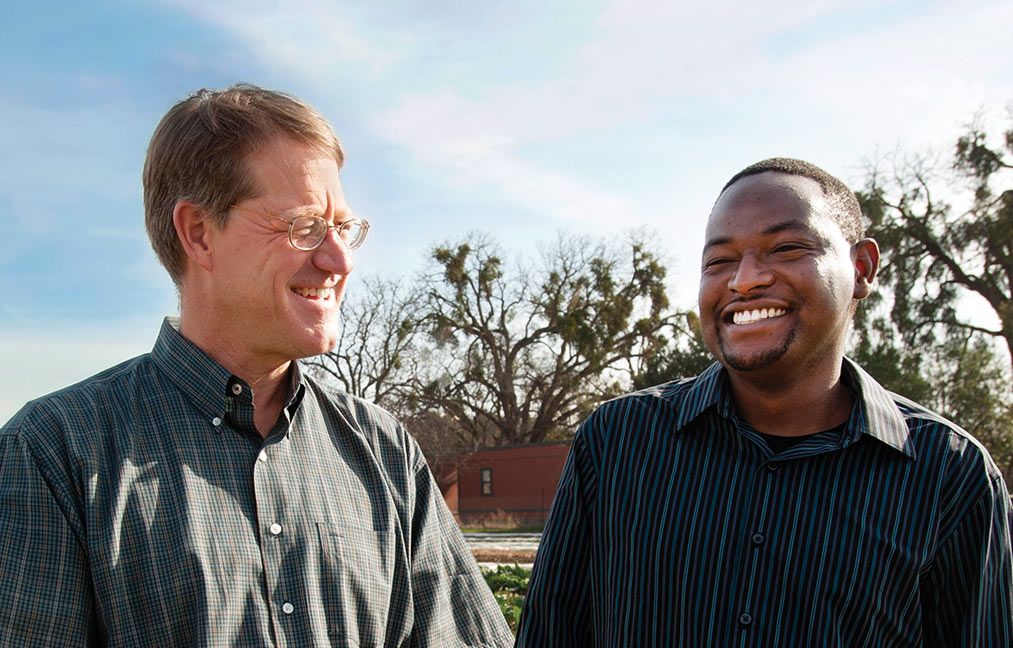
Rob Atwill and Christoher Kilonzo
Location: Salinas Valley
Impact: Improving Food Safety
UC Davis takes a “One Health” approach to food safety—examining the connections between animals, people and the environment through collaborations among relevant disciplines. For Rob Atwill and Christopher Kilonzo, it’s the path to answering the complex question of how disease-causing microorganisms enter the produce fields of California to cause foodborne illnesses. These diseases sicken millions and kill several thousand annually in the U.S.
“In developing countries, the death toll is much higher, particularly among infants, which underscores the importance of understanding how these diseases originate in animals and how they spread through the food supply,” says Kilonzo, a doctoral candidate in epidemiology who earned his master’s in preventive veterinary medicine at UC Davis.
Atwill, professor of veterinary epidemiology and medical ecology at UC Davis, serves as director of the Western Institute for Food Safety and Security. He is also director of Veterinary Medicine Extension through the UC Division of Agriculture and Natural Resources.
“Looking at an interdisciplinary problem from different viewpoints leads to more robust, effective solutions,” Atwill says. “To decrease the incidence of these foodborne illnesses that originate from animals, we need to understand the complex interactions between wild and domestic animals, farming practices and the dynamics of waterborne contamination, and the persistence of zoonotic pathogens in our landscape.”
Atwill’s father was an oil geologist and moved the family throughout Western U.S., Bolivia and Libya during his childhood. Kilonzo is a native of Kenya. The multifaceted approach to scientific discovery by Atwill's team in the agricultural fields of the Salinas Valley reflects those early worldwide perspectives.
“Because California is a leading agricultural producer, we’re connected to the world by the food we sell,” Atwill emphasizes. “By understanding the key factors that disseminate food and waterborne pathogens to humans, we can mitigate those risks and reduce the opportunities for disease transmission here in our state, across the U.S., and internationally.”


